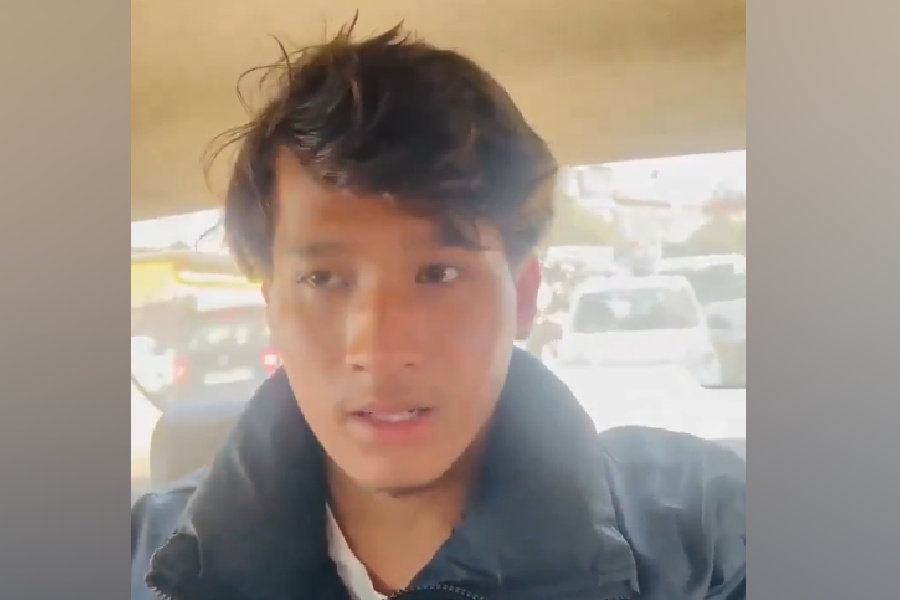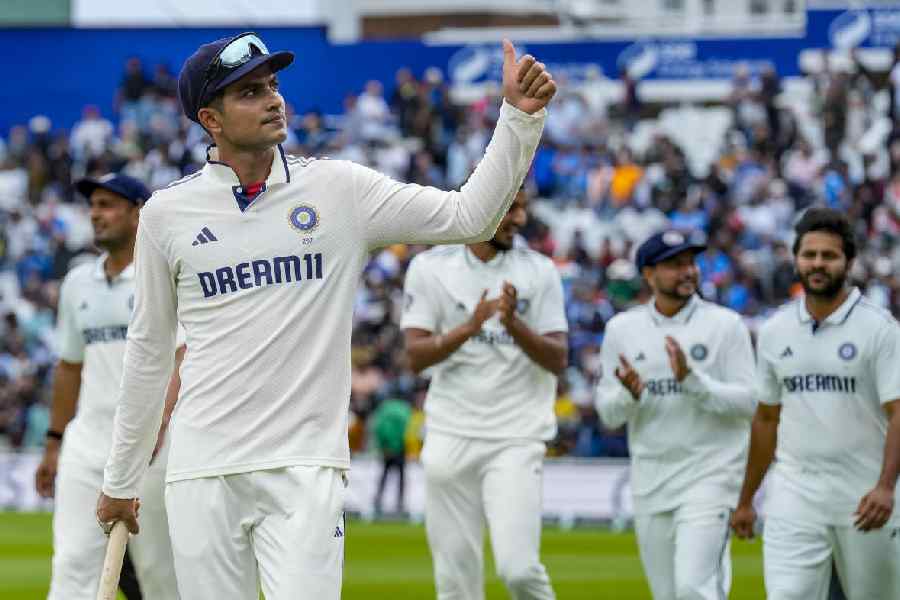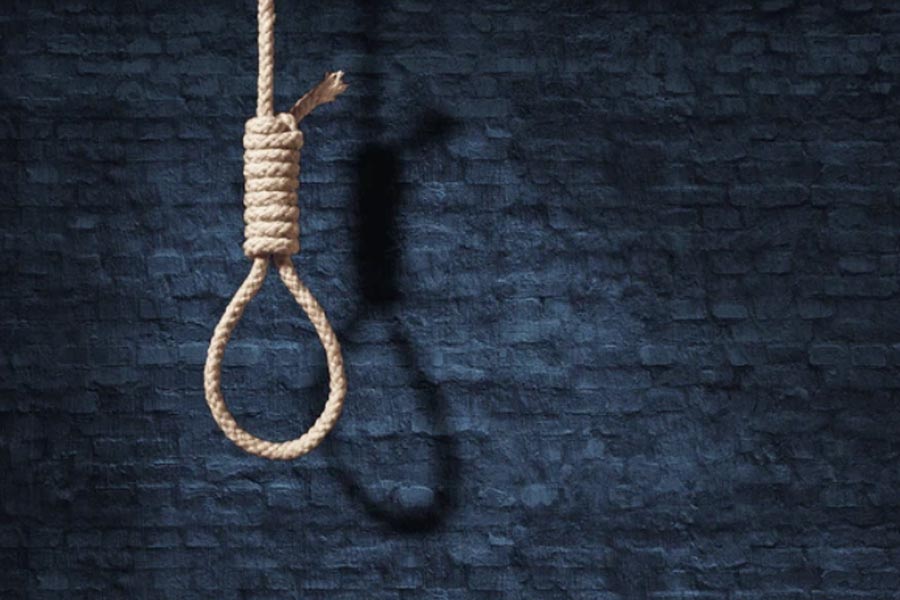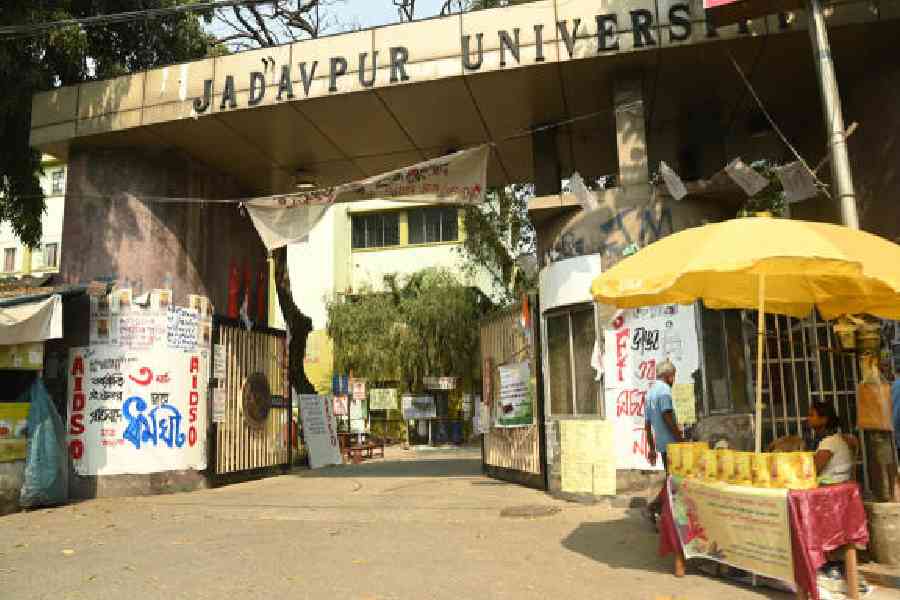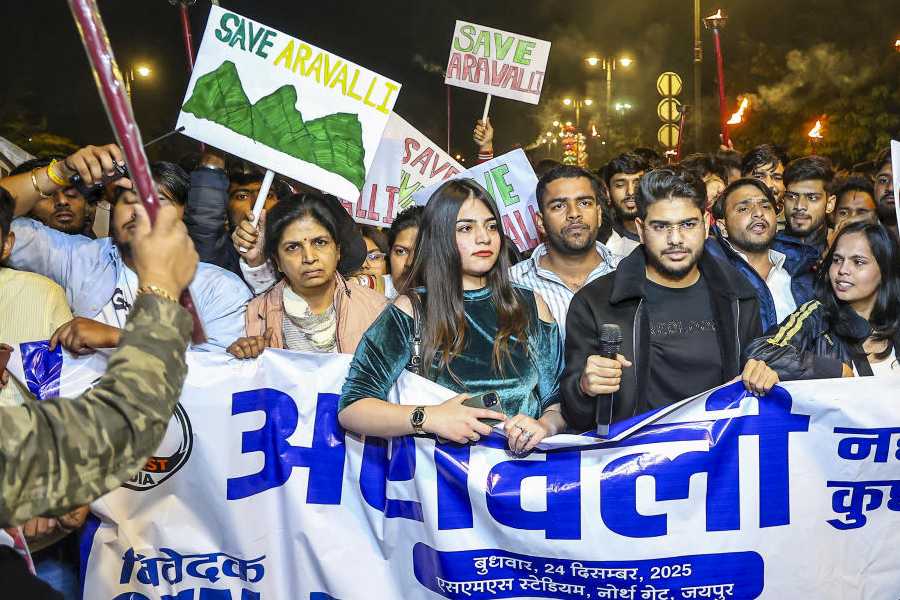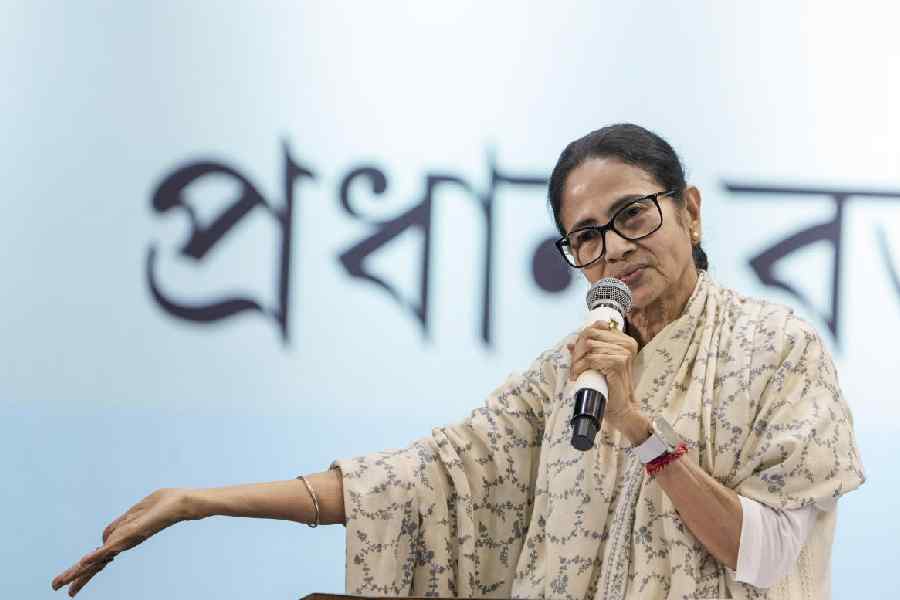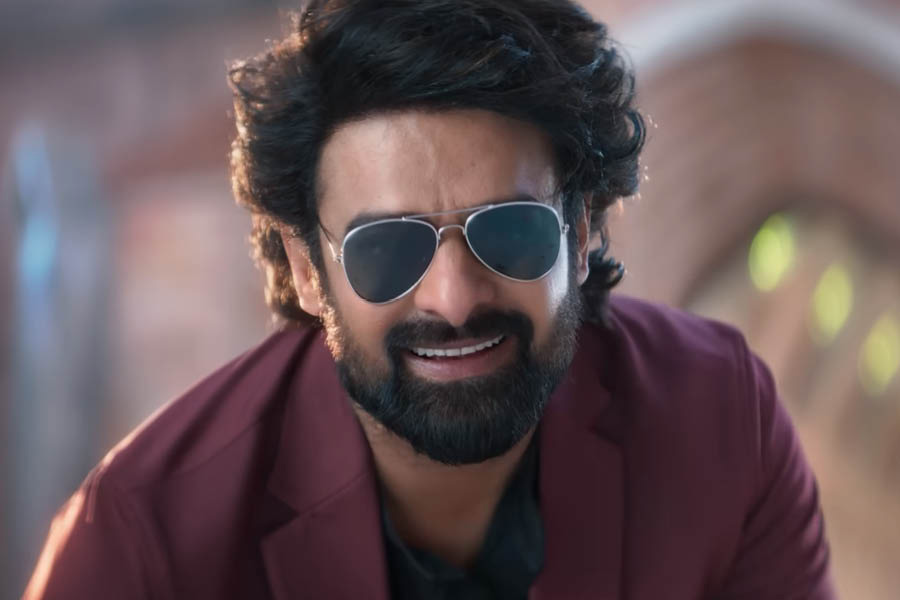 |
| Troubled times |
After the Gujarat riots of 2002, the politician-turned-social worker, Nanaji Deshmukh — then serving a term as a member of the Rajya Sabha — urged a cross-party collaboration to heal the wounds between the communities. He thought that as soon as the scale of the violence became known, “the Prime Minister and the Leader of the Opposition should have together flown to Ahmedabad and made an appeal in every riot-affected area that both the ruling and opposition parties will not allow the communal atmosphere to be vitiated”. If Atal Bihari Vajpayee and Sonia Gandhi had together “gone to every riot-affected area”, said Deshmukh, “then it would have removed the poisonous air on both sides”.
Nanaji Deshmukh’s appeal was instinctive, from the heart. It is unlikely that he thought, at least consciously, of historical precedents. There were, however, at least three such. In August 1947, Mahatma Gandhi invited the prime minister of Bengal, H.S. Suhrawardy, to join him in a vigil and fast to stop communal violence in Calcutta. Gandhi and Suhrawardy spent several days together in the Hydari Manzil, in the north Calcutta locality of Beliaghata. Astonishingly, the rioters were shamed by this act of penitence and peace-making, and surrendered their weapons. By reaching out to the adversary, Gandhi had brought peace to a previously strife-torn city.
The Gandhi-Suhrawardy experiment in communal harmony is moderately well-known, not least because it figured in Richard Attenborough’s famous film and in much fuller detail in the best-selling book, Freedom at Midnight. But two other such experiments are forgotten today, in part because they did not succeed. While Gandhi helped stem the rioting in the eastern part of the sub-continent, in the west the bloodshed continued. Sikhs and Hindus were killed or expelled from West Punjab, while Muslims were, with equal savagery, killed or expelled from East Punjab. In desperation, two Muslim League leaders, Chaudhry Khaliquzzaman and the aforementioned Suhrawardy, drafted an appeal for peace. This was to be issued under the names of Gandhi and Jinnah, and would call for both countries to protect their minorities and for their leaders not to issue provocative statements. Gandhi agreed to sign the statement. Jinnah declined.
Two years later, in the winter of 1949-50, a fresh wave of communal riots broke out in East Pakistan. Thousands of Hindus fled in fear into India. This placed a burden on the Indian State, while severely embarrassing the Pakistani State. Unlike in Punjab, in Bengal the process of ethnic cleansing had not been as brutal or as complete at the time of Partition. There was still hope that Hindus could live peaceably and with dignity in East Pakistan, and that Muslims could live likewise in West Bengal.
The riots of 1949-50 dented these hopes. Seeking to restore them, the Indian prime minister, Jawaharlal Nehru, suggested to his Pakistani counterpart, Liaquat Ali Khan, that they together tour the affected districts, and call for an end to the violence. Nehru’s suggestion did not meet with Liaquat’s approval.
To the historian, Nanaji Deshmukh’s plea in 2002 brought to mind similar attempts, two failed and one successful, made five decades previously. However, if I recall Deshmukh’s appeal now, it is because it remains strikingly contemporary. When the scale of the suffering in Kokrajhar first became clear to this writer, my first instinct was to hope that the prime minister, Manmohan Singh, and the major Opposition leader, L.K. Advani, would travel together to Assam. Both Advani and Singh are themselves refugees (from Sindh and West Punjab respectively); both know what it means to lose your home and your means of livelihood. Besides, Singh happens to be a member of parliament from Assam.
I conveyed my hope to a friend, who at once told me that it was naïve, if not foolish. The two men were too old, too tired, too cynical; even if they bestirred themselves and went to Kokrajhar, they might very well be met by black flags and cries of “wapas jao”. My friend was not wrong; when the two men did come to discuss the matter, in Parliament, it was merely to hurl innuendo and abuse against the other person’s ideology and party.
Their behaviour was in character. As André Béteille writes in his new book, Democracy and its Institutions, in India today: “...the chronic mistrust between government and opposition impairs the foundation of democracy. Mistrust and suspicion on one side is met with concealment and evasion on the other. The very purpose of shaping the opposition into a responsible and legitimate political institution is frustrated.”
As evidenced with depressing regularity in the Lok Sabha and the Rajya Sabha — as well as in television studios — India’s two major political parties, the Congress and the Bharatiya Janata Party, detest one another. Accusations of corruption and lack of patriotism are thrown around all the time. Laws proposed by the government are rarely discussed with any depth in Parliament, the Opposition seeking rather to shout down the proposal or render it infructuous by a walk-out.
In this manner, the national interest is regularly subordinated to partisan point-scoring. This partisanship adversely affects the making of sensible economic and foreign policies, and, perhaps even more, attempts at restoring peace between regions and communities. In 2003, Vajpayee visited Srinagar, the first prime minister to do so in nearly two decades. In power in the state was a government run as a coalition by the Peoples Democratic Party and the Congress. When Vajpayee made a public speech, the PDP ministers attended, but the Congress ministers stayed away. It was a shocking and spiteful act. For Vajpayee had come to Kashmir not in his personal capacity as a swayamsevak, but as the elected prime minister of India.
Five years later it was the turn of the BJP to be spiteful in (and about) Kashmir. Talks were on between the prime minister, Manmohan Singh, and the Pakistani president (then Pervez Musharraf). A peace agreement, based on the conversion of the line of control into a formal boundary between the two nations, was being actively discussed. At this critical juncture, the BJP and its affiliates began an agitation on the Amarnath issue, going so far as to block the road between Jammu and Srinagar. The valley was deprived for days of medicines, food, and other supplies. By this act the BJP was telling the Kashmiris — we don’t care if you starve or die, so long as we score a point against the Congress.
That neither Vajpayee nor Sonia Gandhi would consider Nanaji Deshmukh’s appeal in 2002 was, therefore, also in character. Deshmukh said in despair that “neither the Prime Minister nor the Leader of the Opposition took the initiative either to stop the riots [in Gujarat] or to go there because these parties do not join hands for the good of the country nor do they allow the social unity”.
Call me naïve, call me foolish, but I still hope that when the next major conflict arrives, a younger generation of leaders may be prepared to act more nobly, courageously and selflessly. Even now, it may not be too late for Rahul Gandhi to phone Arun Jaitley and suggest that they go together on a mission (with doctors and medical supplies) to Kokrajhar. God knows the displaced and homeless — of all communities — need succour, consolation, and hope.


